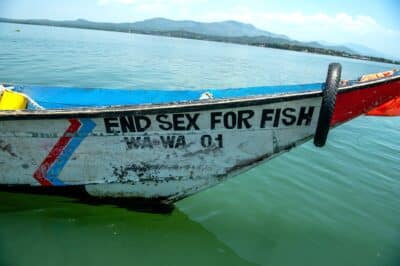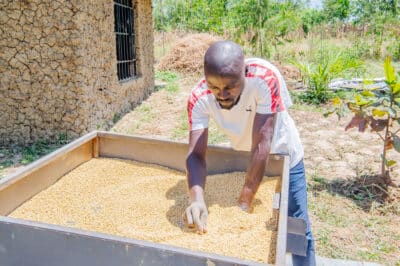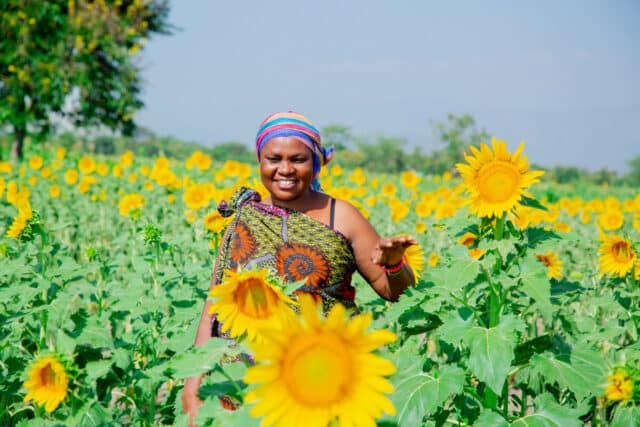Stories
Kenya
24 July 2025
How crab farming is protecting mangroves in coastal Kenya
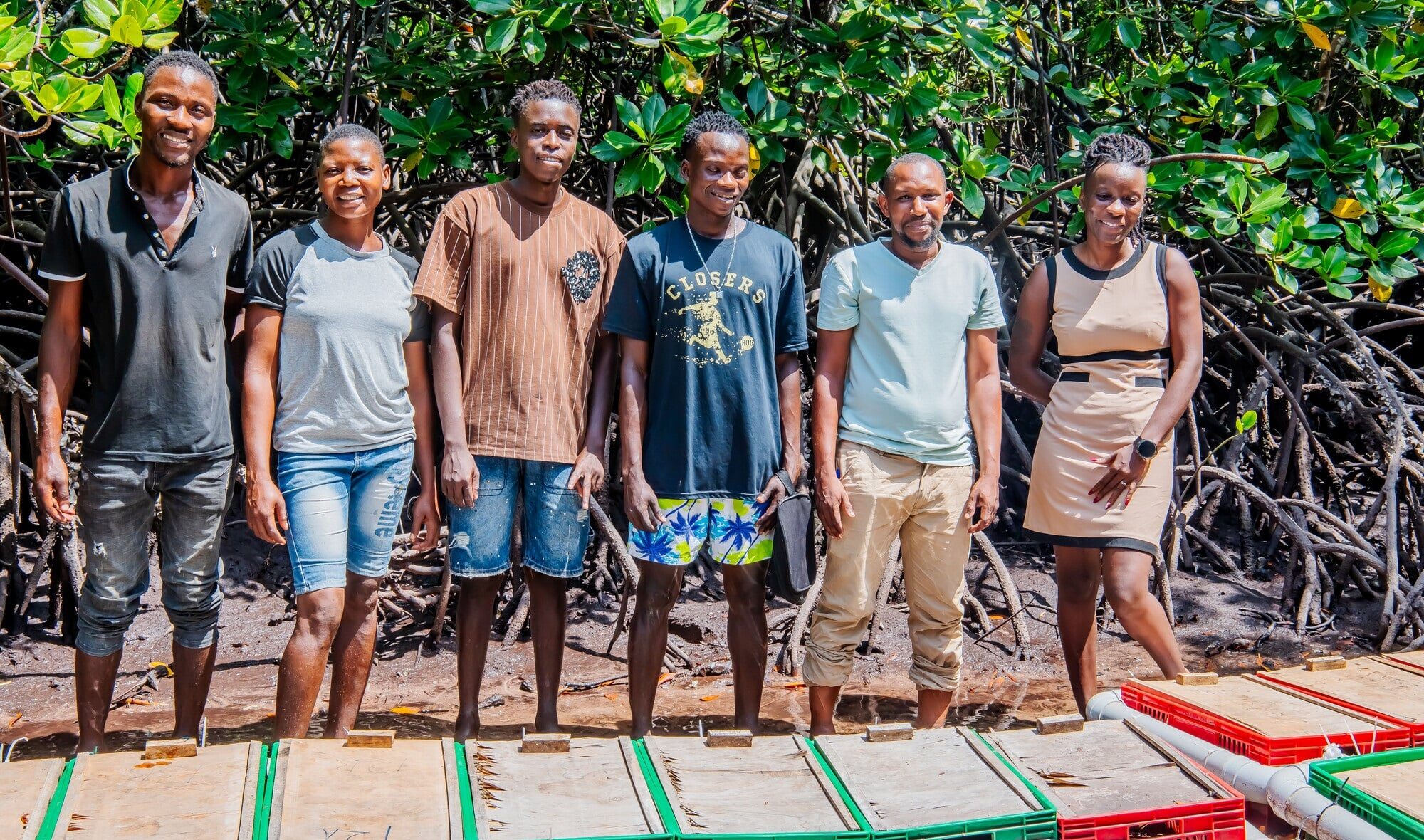
Along the Mida Creek in Kilifi county in coastal Kenya, the unsustainable exploitation of mangroves trees has spurred a group of young eco-friendly entrepreneurs into action.
The young women and men of the Mida Marine Conservation group are united by a common goal: to develop sustainable businesses that protect mangrove vegetation.
Group member Hussein Mdata explains, “We got involved in mangrove conservation because the local communities were overharvesting the mangrove trees as a source of income, which was harmful to the ecosystem.”
“When we saw mangroves being destroyed, we came up with the group to protect the mangroves, and raise awareness of the importance of mangroves,” adds Hussein.
The group also participates in beekeeping, crab farming, excursions and tourism. According to United Nations Environment Programme (UNEP), mangroves help mitigate climate change by locking away large quantities of carbon and provide breeding and feeding grounds for many species of fish, birds, insect and even reptiles.
During a crab farming training course, the group connected with Farm Africa. “It was during this training that we learnt about a new programme called Youth in Sustainable Aquaculture (YISA),” says Hussein.
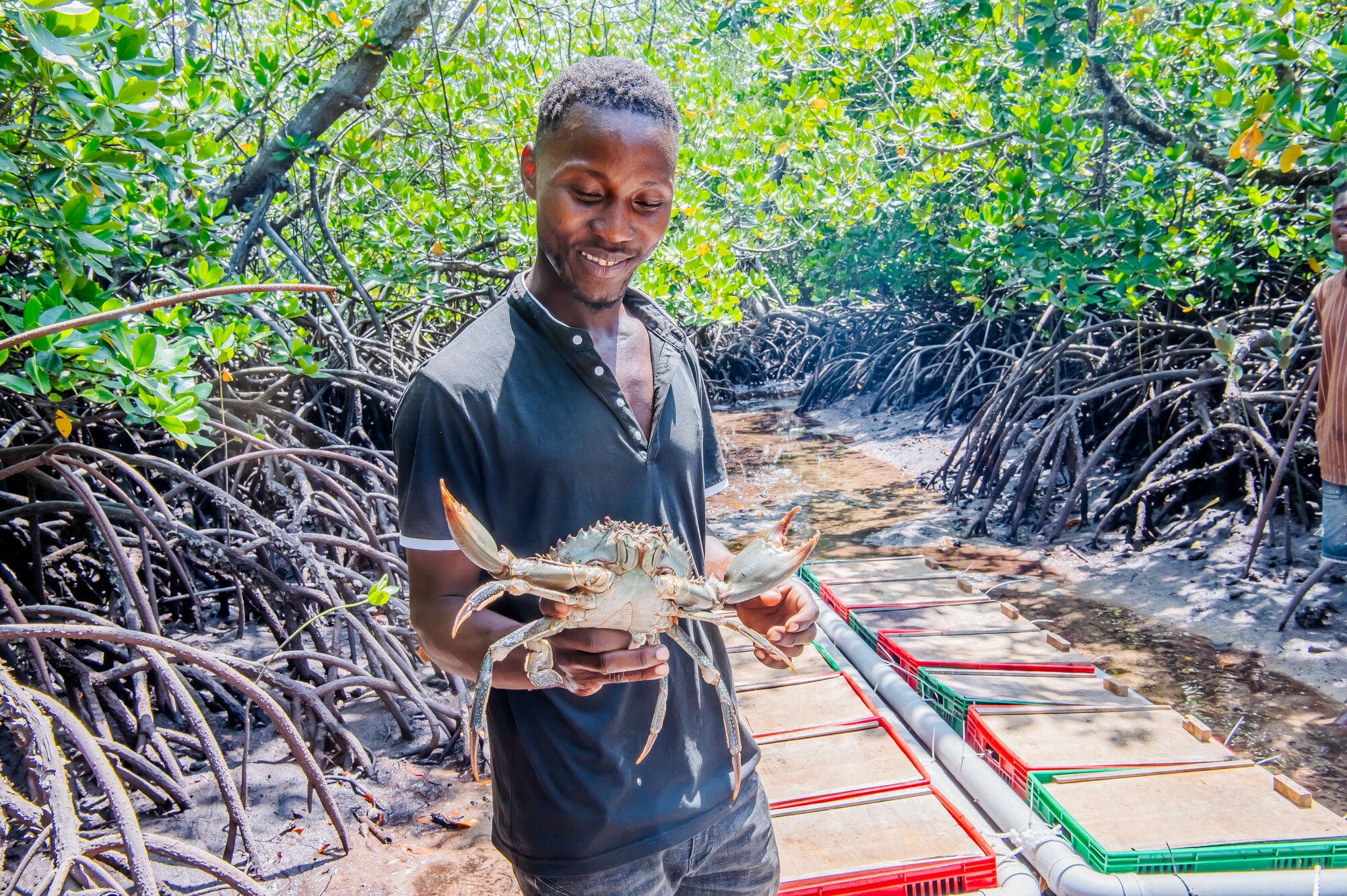
Farm Africa/Maurice Goga
The training equipped them with skills in crab fattening, management, monitoring and marketing. “It was through this training that we acquired the skills on how to rear the crabs,” Hussein adds.
The group then decided to join the YISA programme to enhance their skills in crab farming as an alternative source of income. “We were told that YISA is a five-year programme running through till 2028, and it was geared towards creating employment opportunities for young people. That is when we as a group decided to involve ourselves entirely in crab farming,” says Hussein.
Initially, the group lacked technical knowledge, but with training and support from Farm Africa, they began to make progress.
"Farm Africa gave us the training through the YISA programme, and we began to understand how to properly manage and fatten the crabs. We've seen improvements and made real progress in crab fattening."
Hussein Mdata
Member of the Mida Marine Conservation group, Kilifi county, Kenya
“Before the training, we started with just two cages, relying on tips from neighbouring conservation groups already involved in crab fattening,” recalls Hussein.
“Farm Africa gave us the training through the YISA programme, and we began to understand how to properly manage and fatten the crabs,” says Hussein. “We also gained valuable marketing skills. We’ve seen improvements and made real progress in crab fattening.”
What is crab fattening?
Crab fattening is the process of rearing soft-shelled crabs until their shells harden, signalling maturity. Juveniles, typically weighing 200 – 500 grams, are usually trapped by experts from mangrove areas and sold to crab farmers. The crabs are placed in cages, fed, monitored, and harvested once they reach a marketable weight, usually between 700 grams and one kilogramme.
Sustainable crab farming can support mangrove conservation by providing economic incentives to local communities. The income from crab farming enables communities to invest in protecting mangrove ecosystems, which are essential for successful crab farming due to their role as critical habitats.
After receiving support from Farm Africa, the group set up 100 crab cages. “These cages serve as learning hubs for all 15 members, helping us practise and master the best techniques in crab farming. The goal is to sell the matured, hardened crabs to generate income.”
Although less tedious than other forms of mariculture, crab farming presents its own challenges. “We normally feed the crabs with fish waste and chicken intestines, but sourcing fish waste is a big challenge,” explains Hussein.
“We’ve spoken to local fishmongers to reserve the waste for us, but over time, they started asking for a token, so we ended up having to pay them to get the trash. Another challenge is crab fatalities. We lost six crabs, likely due to changes in water salinity. In addition to those, we also lost seven large crabs that were almost ready for sale — we suspect they were stolen.”
Despite the challenges, they sold 17 crabs: “We had about 52 crabs, and we managed to sell 10 kgs — these were just 17 crabs that had fully matured,” explains Hussein.
The group earned 10,000 Kenyan Shillings (KSH), 70% of which was reinvested in the project.
“We came up with a system for the 10,000 Kenyan shillings that we raised. Those who do feeding and monitoring are members who have families. One of the aims of setting up this project was to have an alternative income-generating activity,” says Hussein.
10,000
The group earned 10,000 Kenyan Shillings from crab farming and reinvested 70% back into the group.
“So we decided to motivate them. Thirty per cent of the proceeds will be given to those who are doing feeding and monitoring as a stipend. And 70% would be reinvested into the project by buying other crablets, feed and even helping a bit in the construction of the restaurant,” he adds.
To reduce theft, the group is constructing a restaurant and boardwalk through the mangrove area, an initiative which will also create opportunities for value addition and eco-tourism.
“To improve security around the crab project, we decided to build a restaurant so that there would be continuous activity in the area,” explains Hussein.
“We’re constructing the restaurant on the mainland, and we’re extending it toward the crab farming site via a boardwalk. Eventually, the restaurant will overlook the open sea, creating a lively environment that will help us keep the area secure,” he adds.
The YISA programme continues to empower young people, such as Hussein and his group, by strengthening their resilience through innovative and environmentally-friendly aquaculture practices that aim to create 150,000 dignified work opportunities for young women and men aged 18 to 35.

